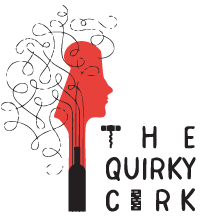USCA Sonnet 99, Then & Now
The story of USCA Winery began some 15 years ago when a group of friends, fascinated by the world of wine, decided to open their own winery. Leaving behind their “city” lives and careers they moved to the Izmir district of Urla and in 2003 established their vineyards. When the winery was ready to start producing its wine the owners were stuck for names for them. One of the owners happened to be reading a book of Shakespeare's sonnets. They hit on the idea of naming the wines after sonnets that somehow reflected the wine in the bottle. Sonnet 99 The forward violet thus did I chide: Sweet thief, whence didst
Read More













